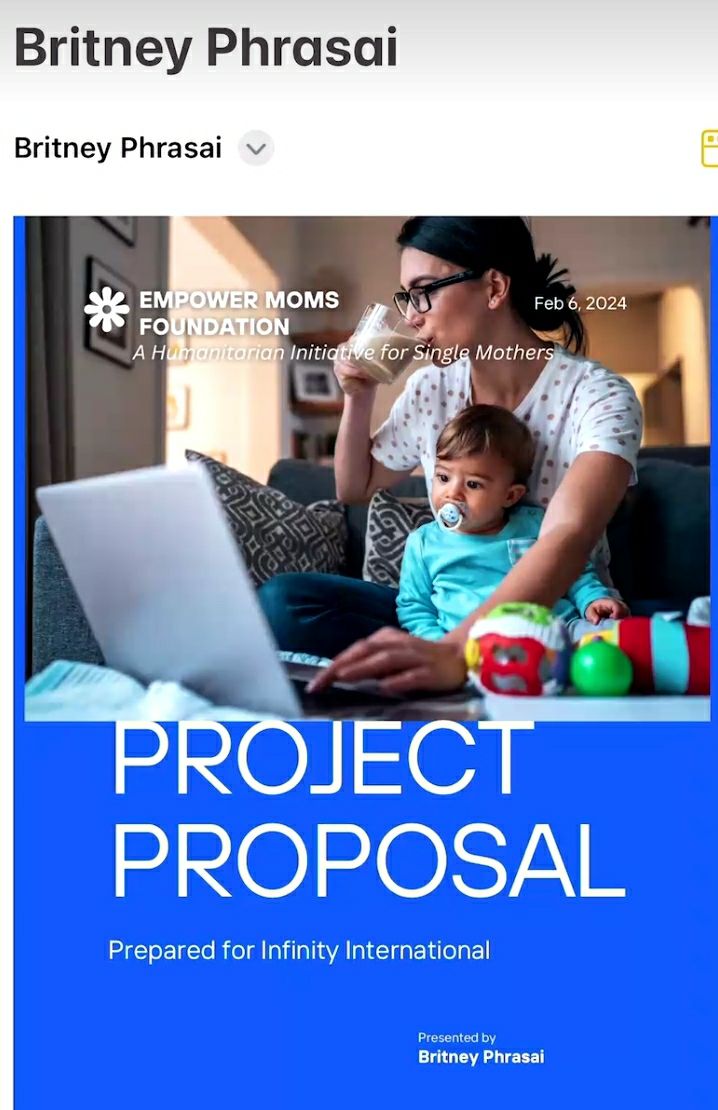The Eastern Waterway Rehabilitation Program

Project Overview
Citizen of Mankind is a Non-Profit organization in formation that focuses on humanitarian projects that promote responsible resource usage allowing all mankind to become responsible stewards of the world we have been given. Citizen of Mankind will be managing a new project through Waterhorse Rehab called The Eastern Waterway Rehabilitation Program. The purpose of the Program is to implement a waterway cleanup of Eastern United States Waterways. Initial Funds will be focused in the Eastern States, however the programs intent is to expand throughout the entire world through similar projects. The program will create full-time jobs for families utilizing experts in habitat restoration and resource management along with workers and managers carrying out waterway cleanup and rehabilitation projects.
Executive Summary
Our initiative aims to comprehensively address the deteriorating condition of waterways in the eastern US by implementing a cleanup program. This program seeks to significantly reduce pollution levels, restore ecosystems, and positively impact communities across the region. The allocation of funds will prioritize research, infrastructure development, manpower, and public awareness campaigns to achieve these objectives. Waterways in the eastern United States face a critical threat due to pollution from various sources, including industrial waste, agricultural runoff, and urban sewage. This pollution not only endangers aquatic life and ecosystems but also poses health risks to communities relying on these water bodies for drinking water and recreation. OBJECTIVES: 1. Pollution Reduction: Achieve a 50% reduction in major pollutants within five years. 2. Ecosystem Restoration: Restore and preserve key habitats, aiming for a 30% improvement in biodiversity within a decade. 3. Community Impact: Ensure clean and safe water access for 80% of affected communities within the targeted timeframe. MARKET ANALYSIS: Identifying specific pollutants, affected regions, and their environmental and societal impacts: Analysis of existing cleanup initiatives highlights successes but emphasizes the need for a more coordinated, region-wide approach to address the magnitude of the problem effectively. STRATEGY: - Technological Approach: Utilize innovative filtration systems, sediment dredging, and natural restoration methods. - Partnerships: Collaborate with local governments, environmental organizations, and technology firms for expertise and resources. - Public Awareness: Implement education campaigns to engage communities in sustainable water management practices. IMPLEMENTATION PLAN: Phase 1 (Years 1-2): Research and assessment of pollutants, infrastructure planning, and pilot cleanup projects. Phase 2 (Years 3-5): Full-scale implementation in targeted regions, focusing on high-impact areas. Phase 3 (Years 6-10): Monitoring, fine-tuning strategies, and expanding successful initiatives to other affected waterways. BUDGET: Allocation of the $688 million budget: - Research and Development: $100 million - Infrastructure Development: $300 million - Public Awareness Campaigns: $50 million - Manpower and Implementation: $238 million RISK MANAGEMENT Regulatory Challenges: Maintain constant dialogue with regulatory bodies and adapt strategies to comply with evolving standards. Financial Constraints: Allocate contingency funds and establish partnerships to secure additional resources if required. Stakeholder Engagement: Continuous communication and engagement to address concerns and maintain support. MONITORING AND EVALUATION: Metrics: Measure pollutant levels, biodiversity indices, and community access to clean water. Reporting: Regular progress reports and evaluation by an independent panel of experts. SUSTAINABILITY AND LONG-TERM IMPACT: Education Programs: Integrate water conservation and pollution prevention into school curriculums. Policy Advocacy: Work towards legislative measures supporting sustainable water management practices. Community Engagement: Empower local communities to take ownership of waterway conservation efforts for continued impact. CONCLUSION Our $688 million program seeks to not only clean up waterways but also to foster a sustainable environment where future generations can benefit from healthy, thriving ecosystems. By implementing a multifaceted strategy and engaging stakeholders at various levels, we aim to achieve substantial and lasting improvements in the eastern US waterways.
Funds Required
$ 688,044,800.00Draw schedule
First Draw: $ 100,000,000.00Second Draw: $ 100,000,000.00
Third Draw: $ 200,000,000.00
Fourth Draw: $ 100,000,000.00
Fifth Draw: $ 100,000,000.00
Sixth Draw: $ 88,044,800.00


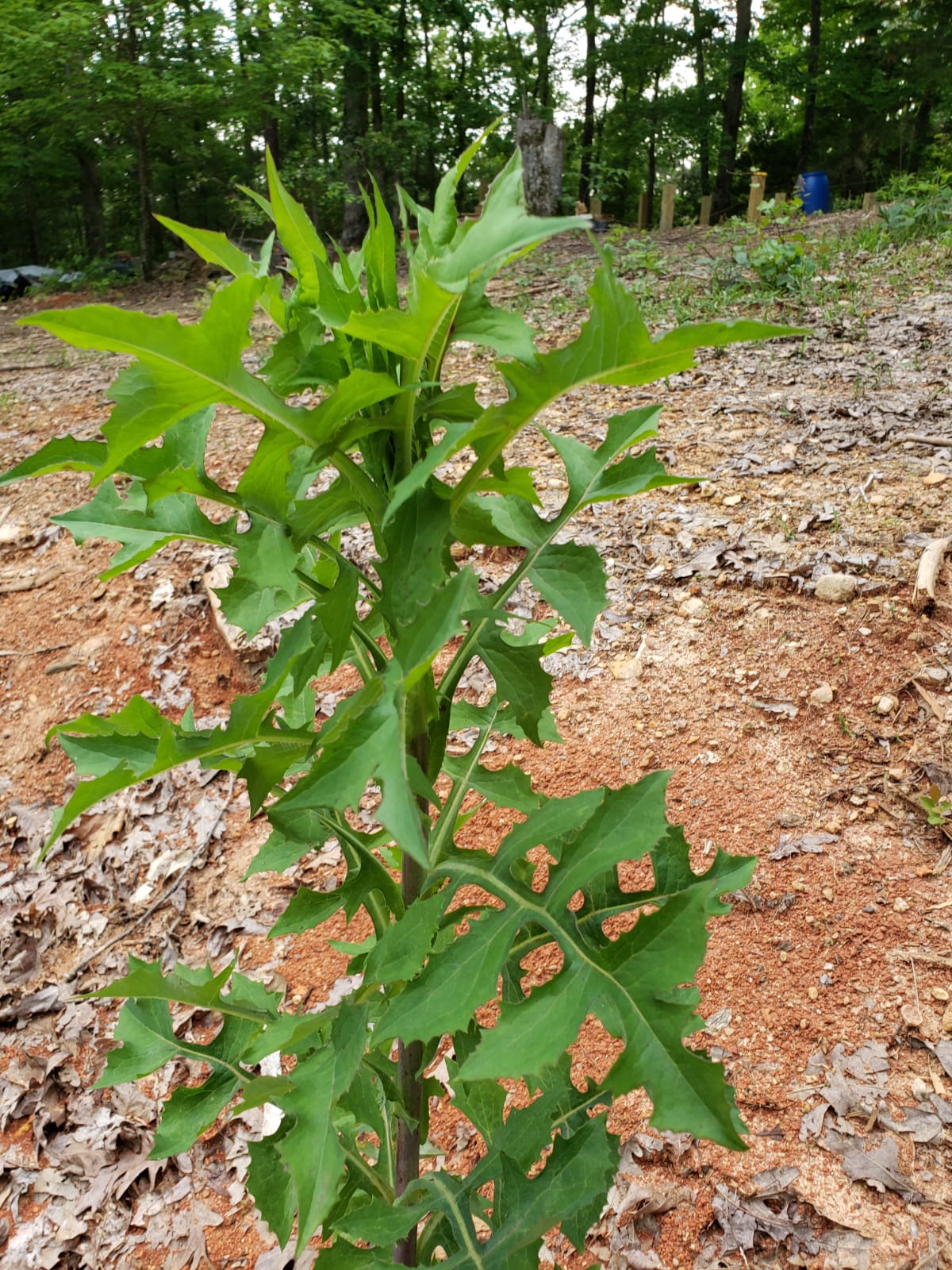


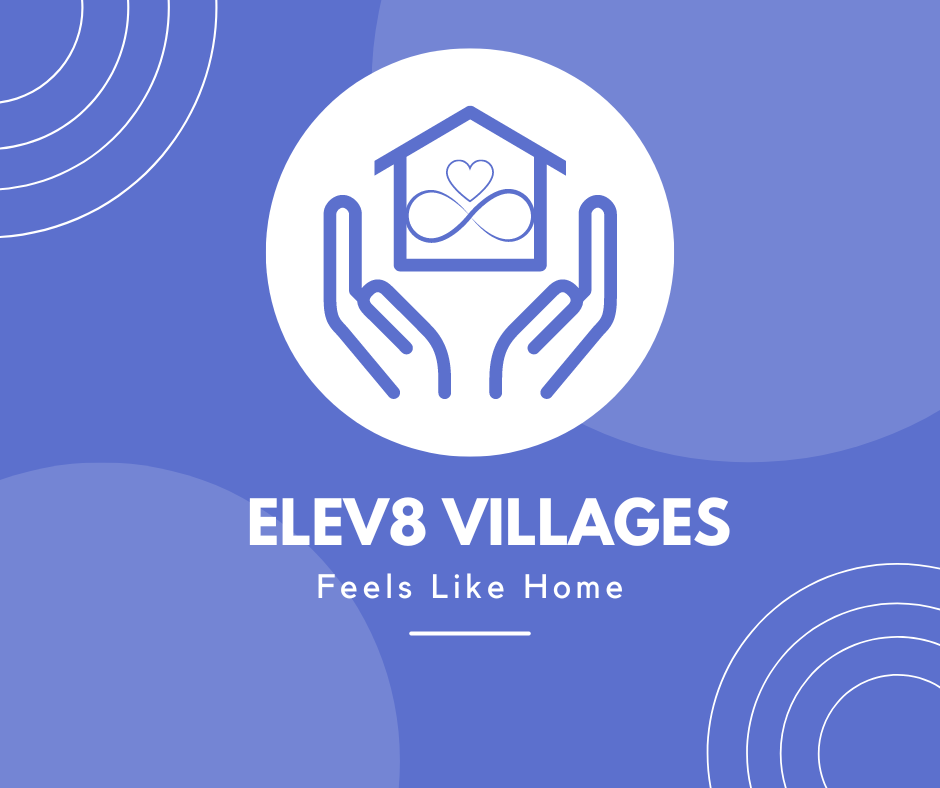

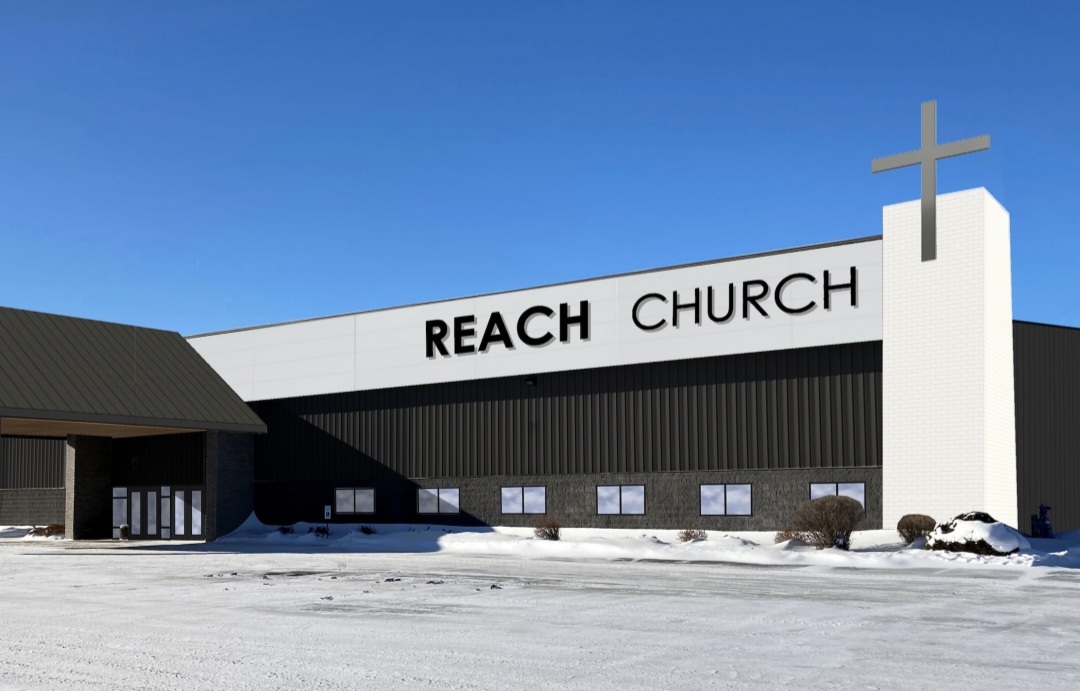







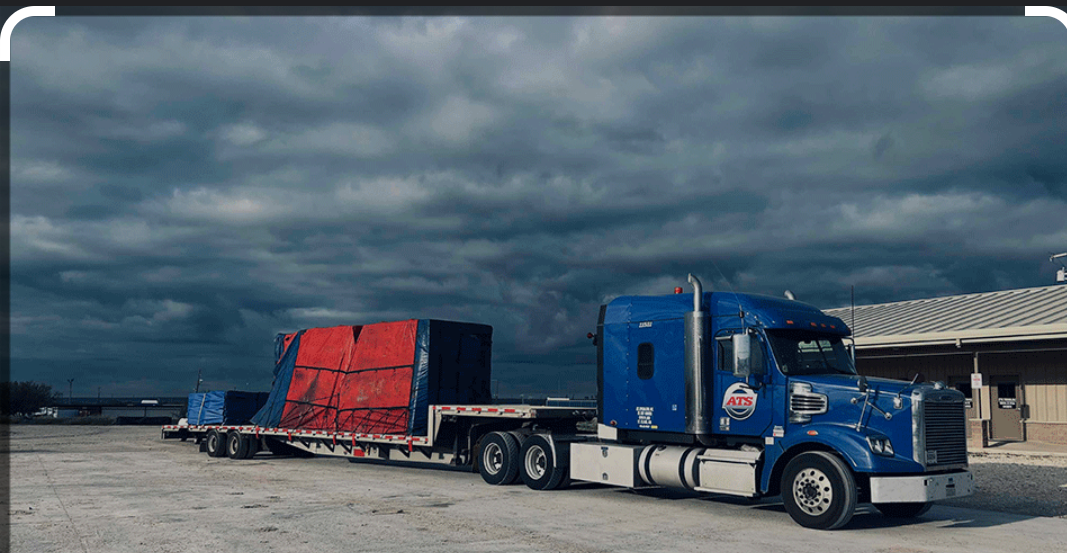

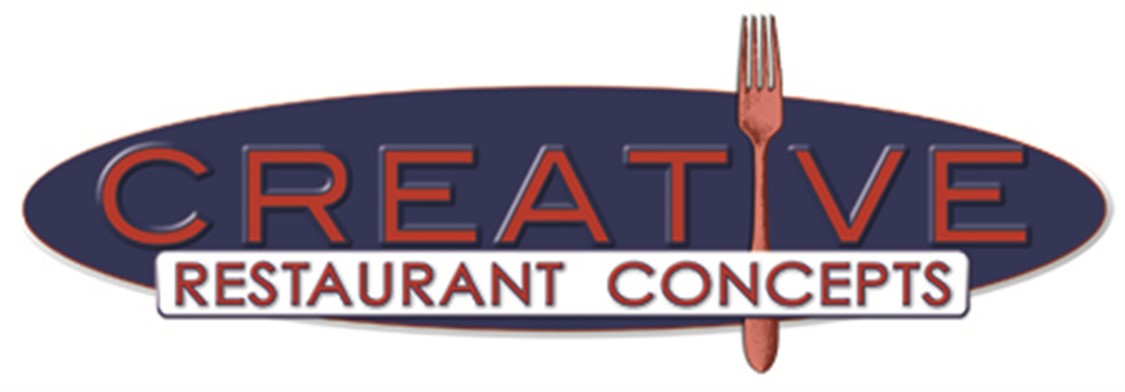

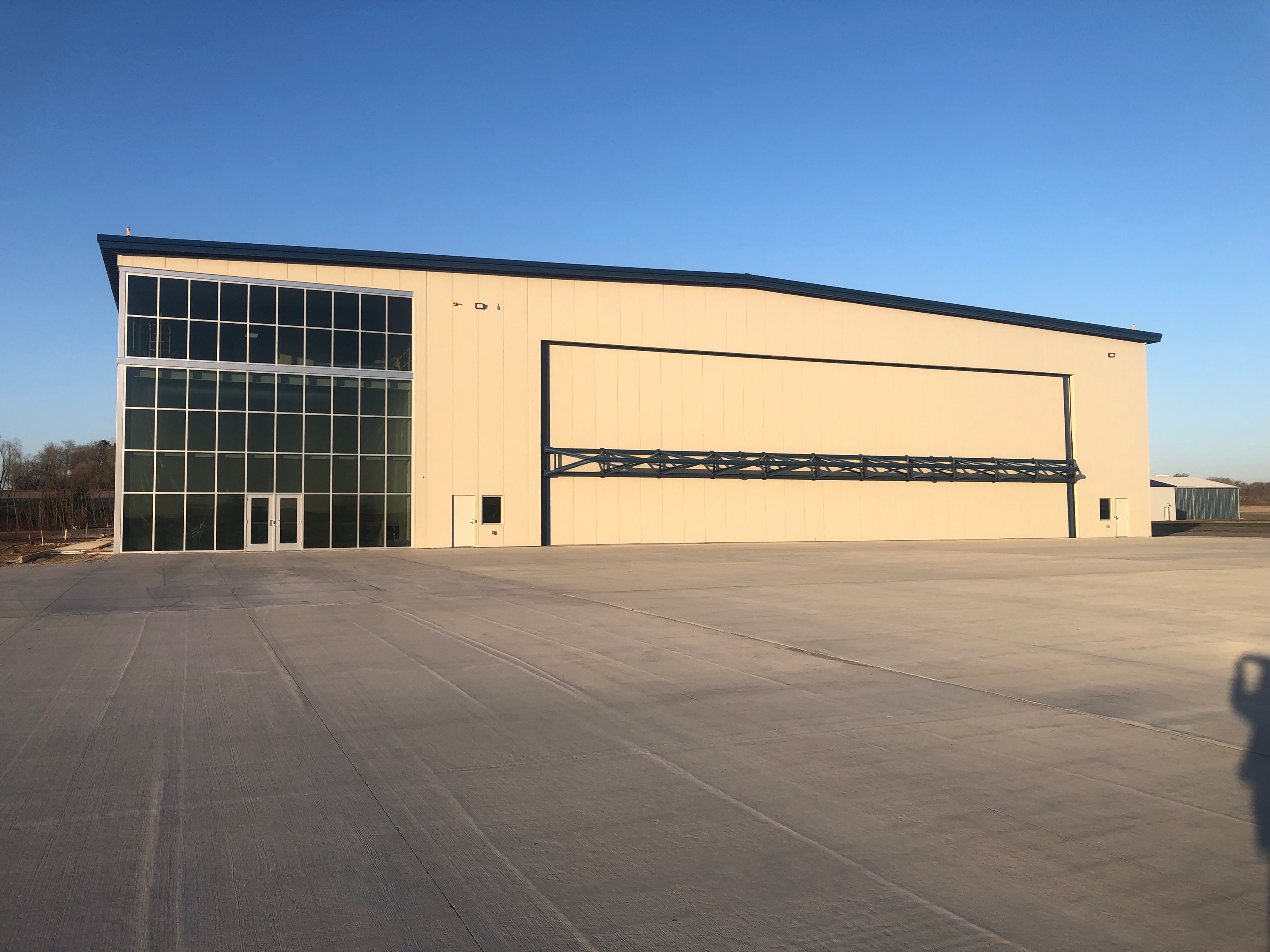
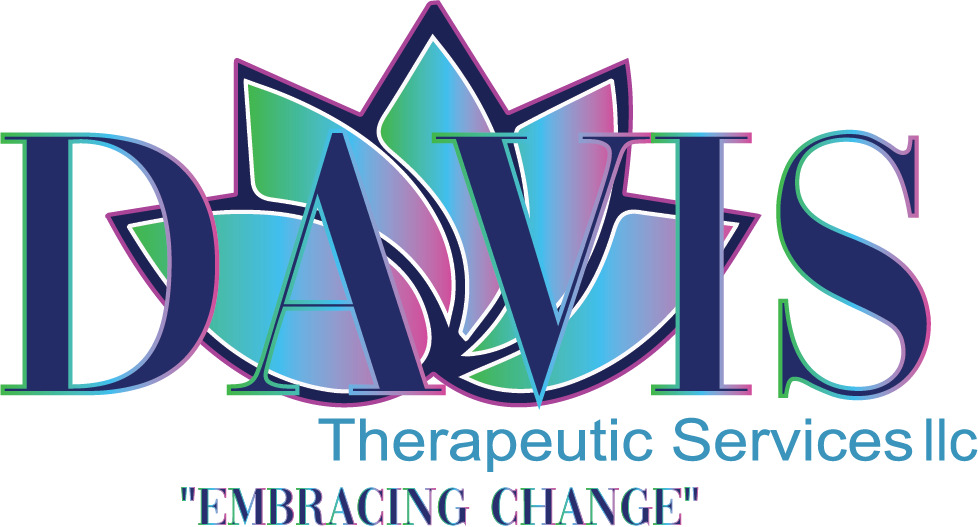





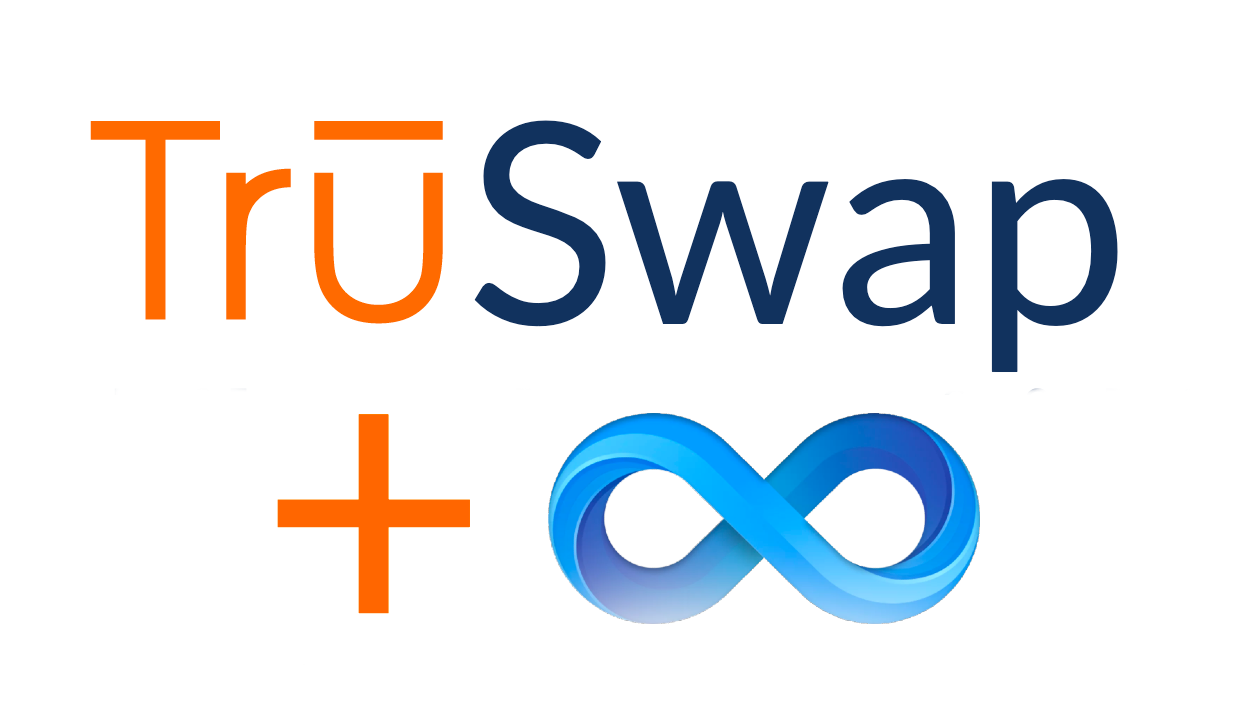


 Final.jpg)
.png)

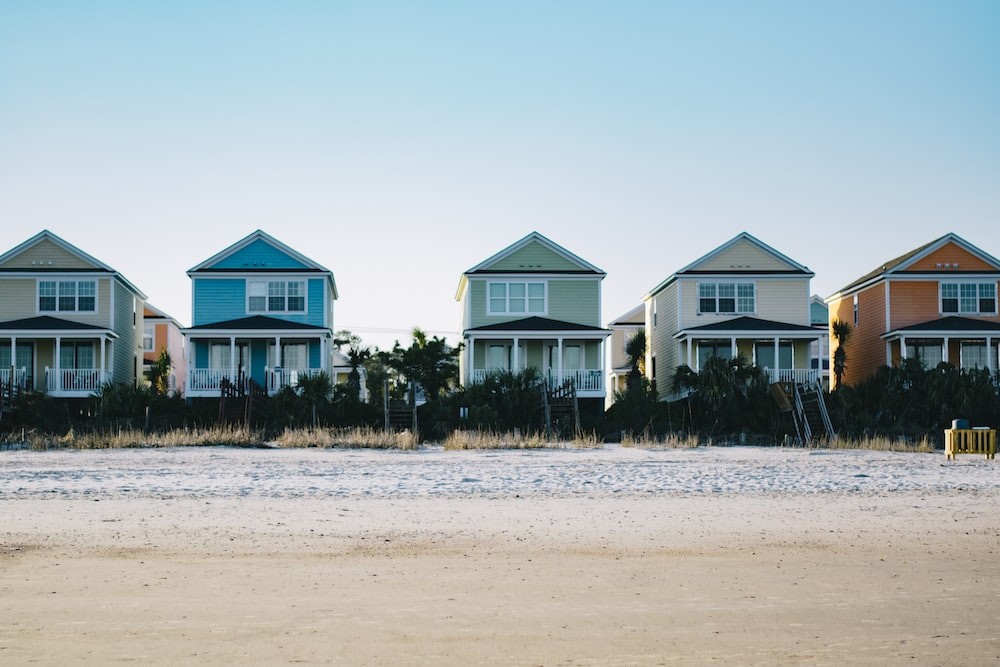
.png)
















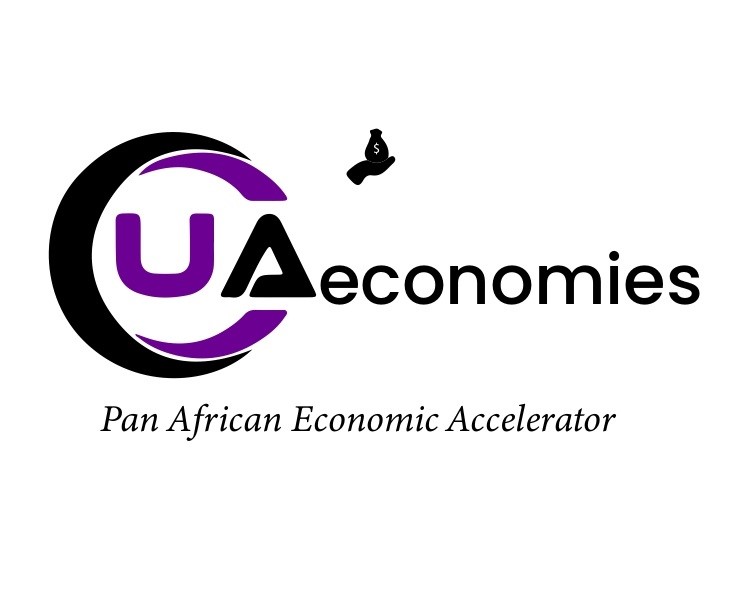


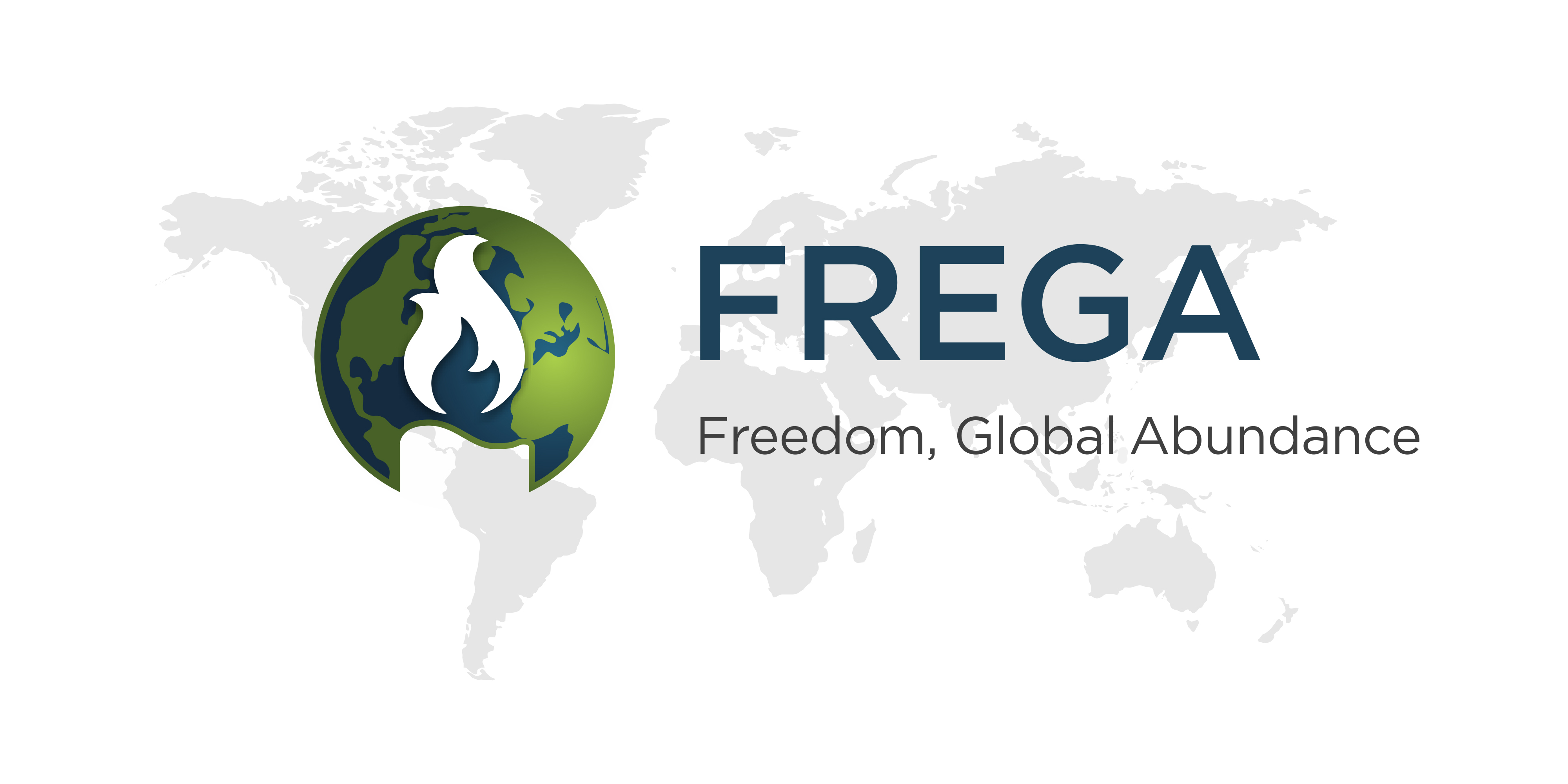
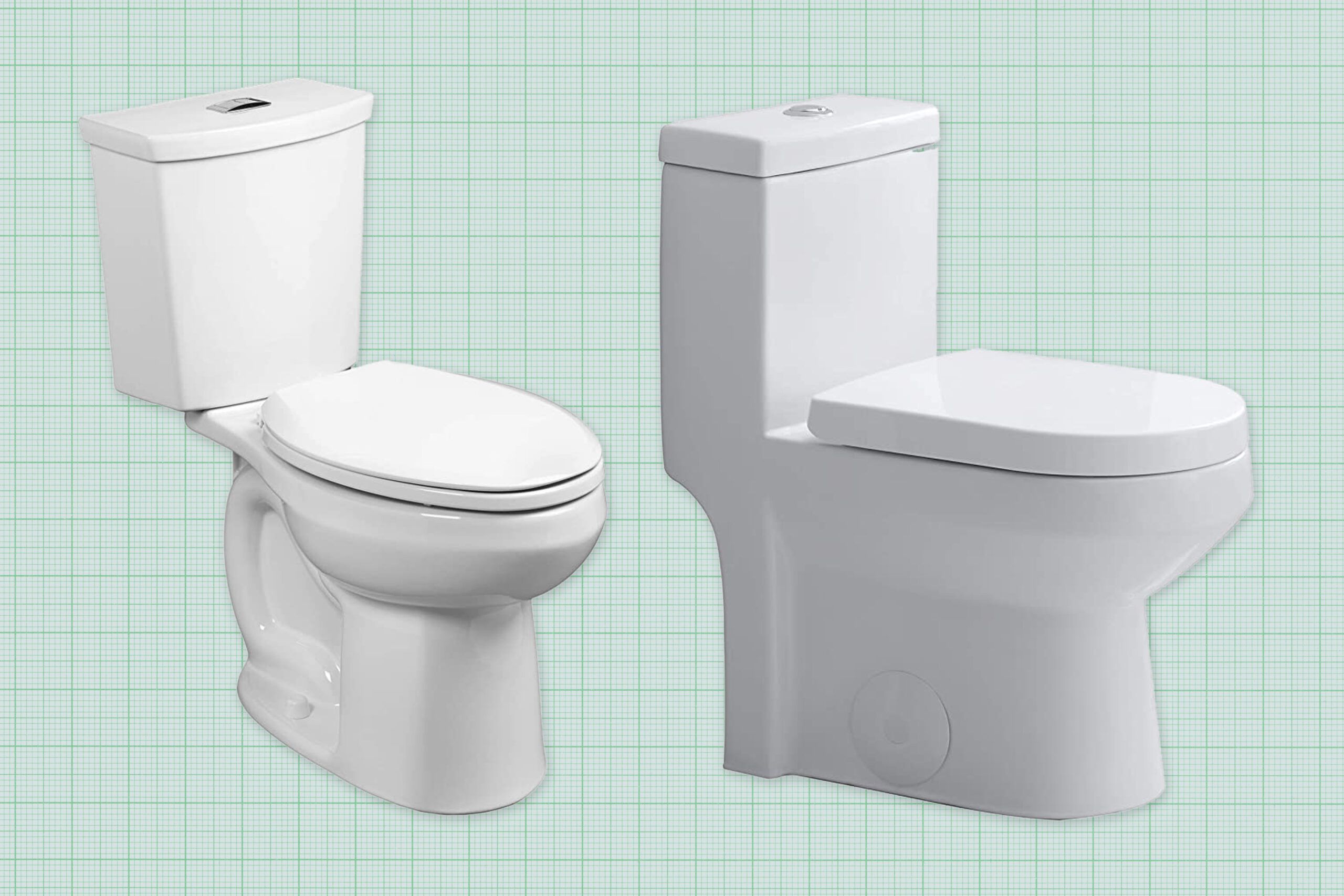









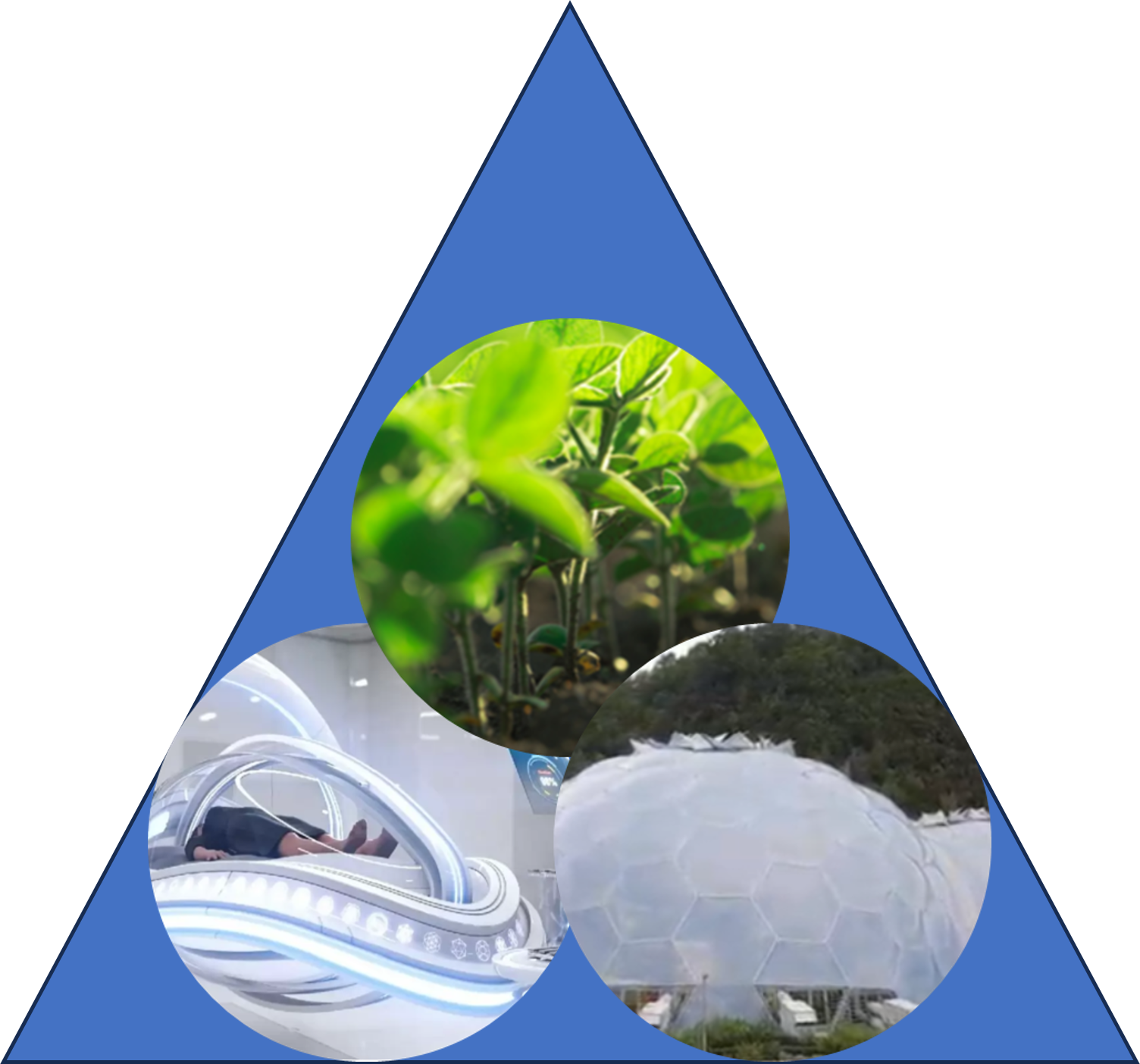



 (1).jpg)

.png)





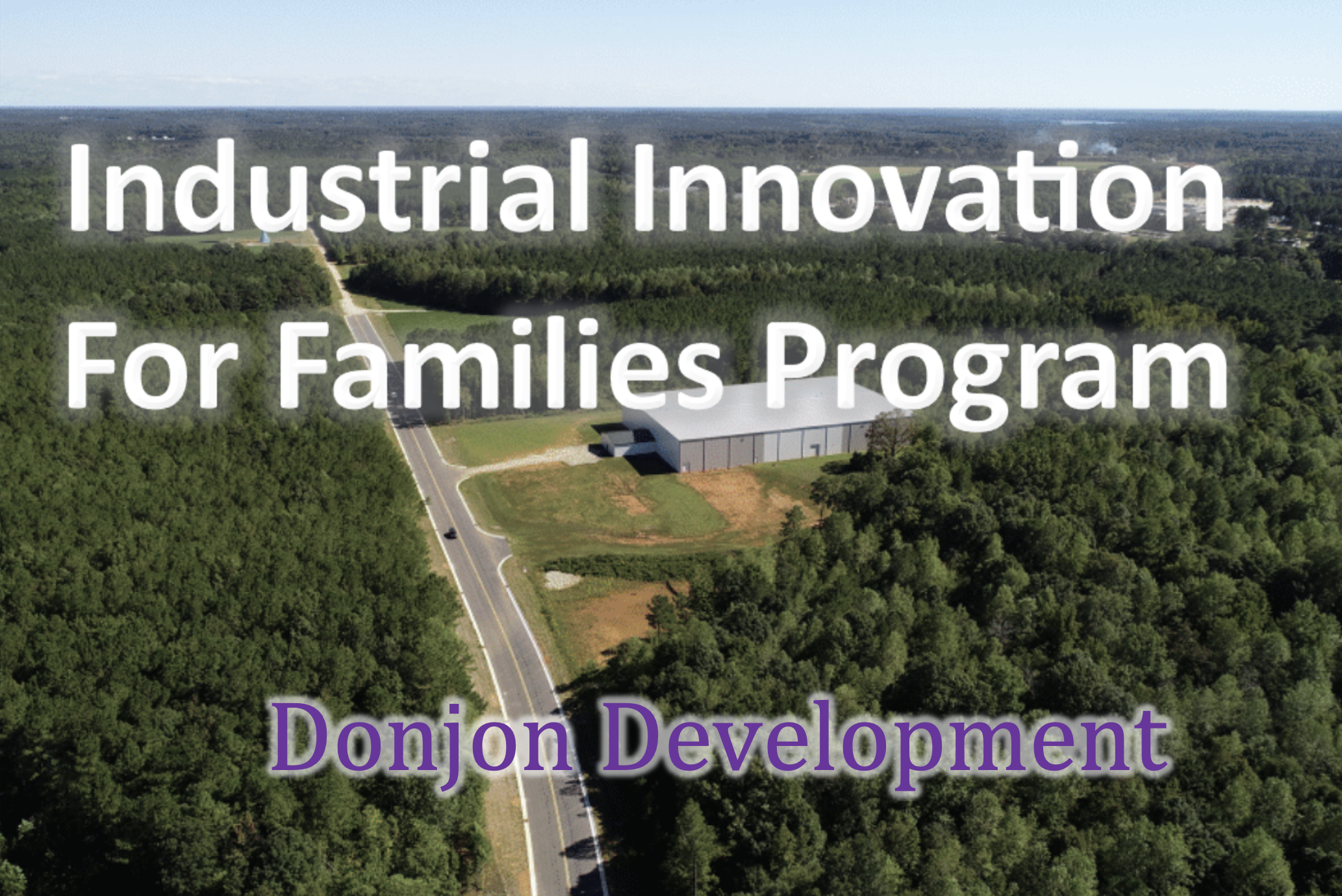
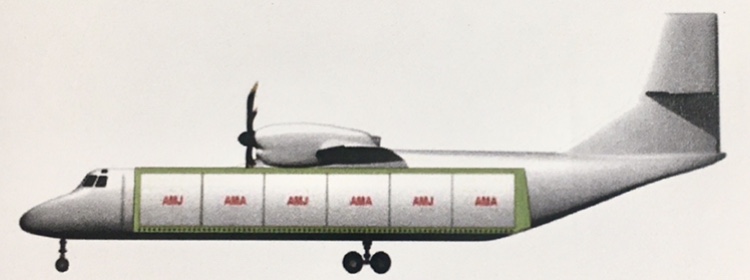


.jpg)











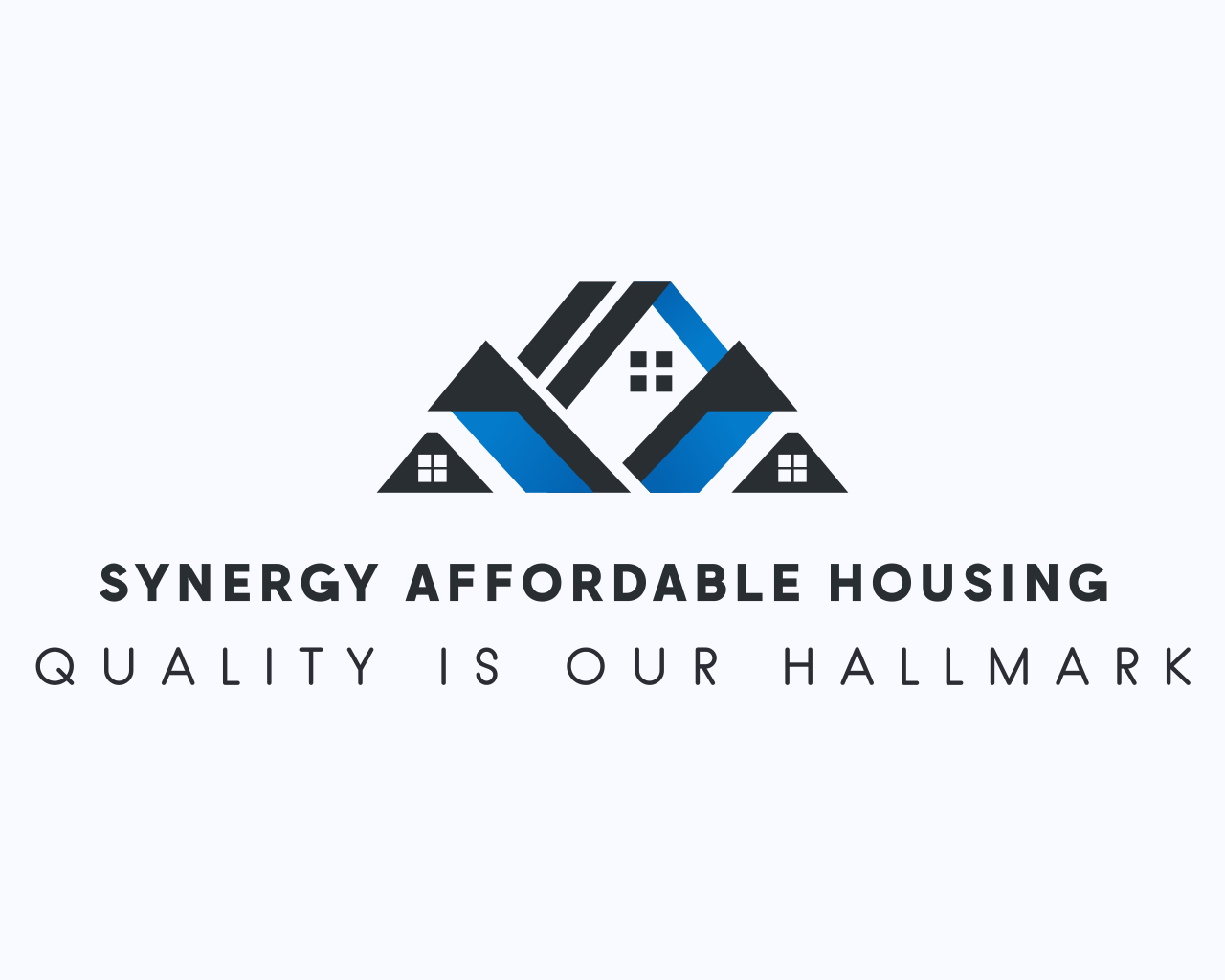



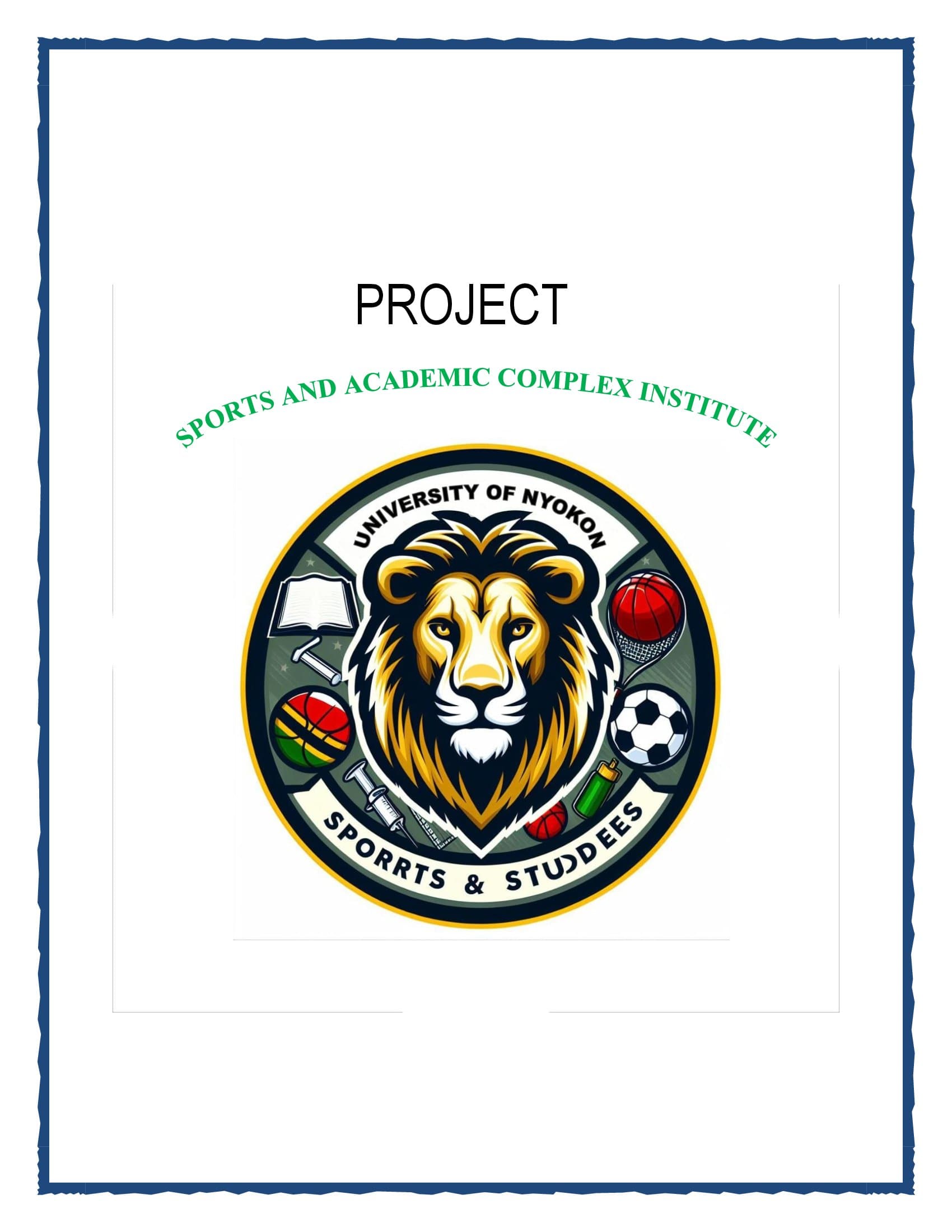

 Savado Park Symbol.jpg)



 (1) (1).png)
